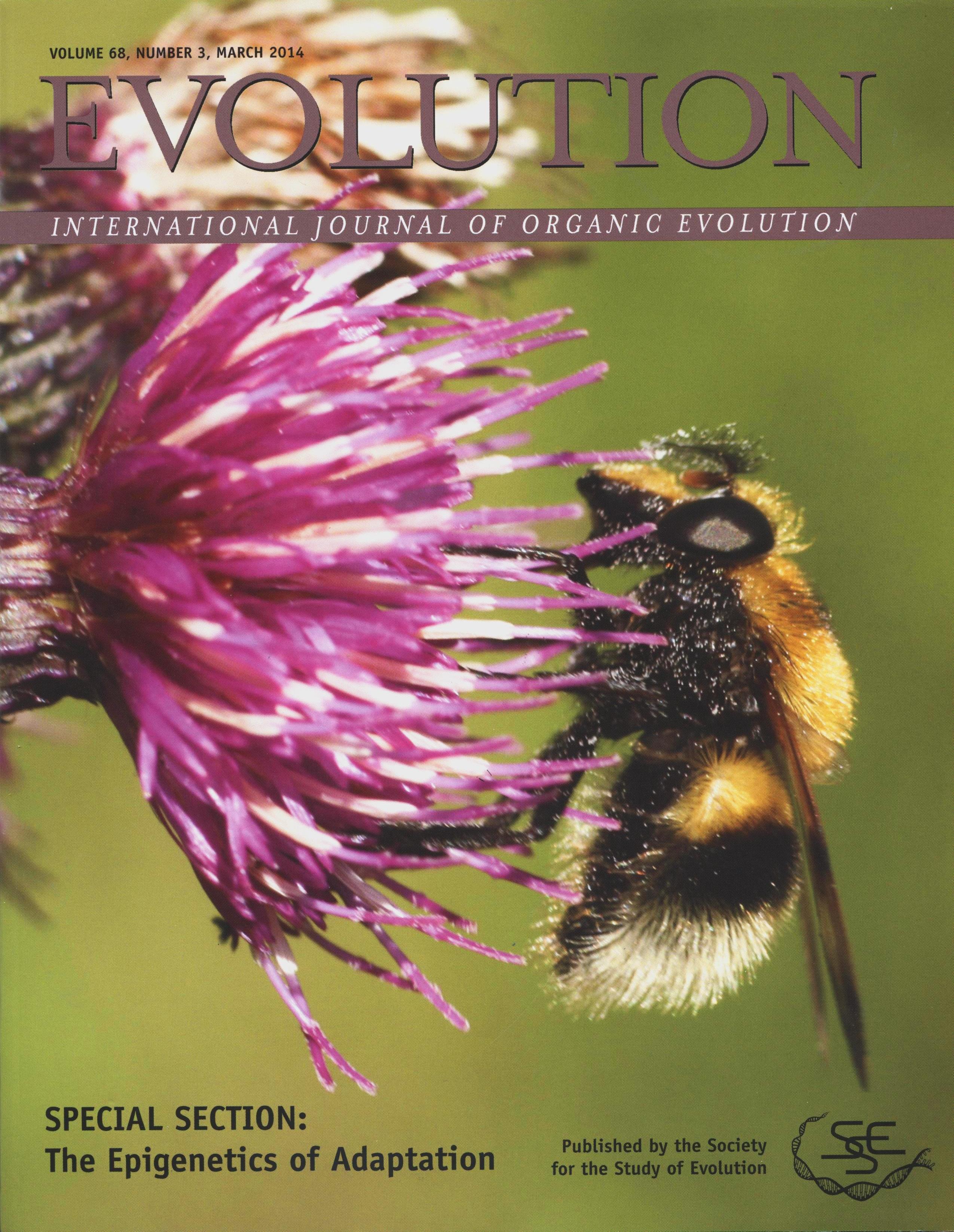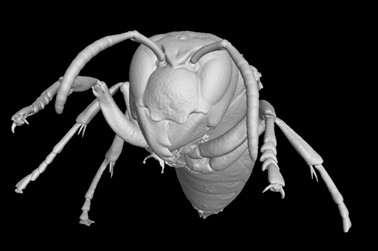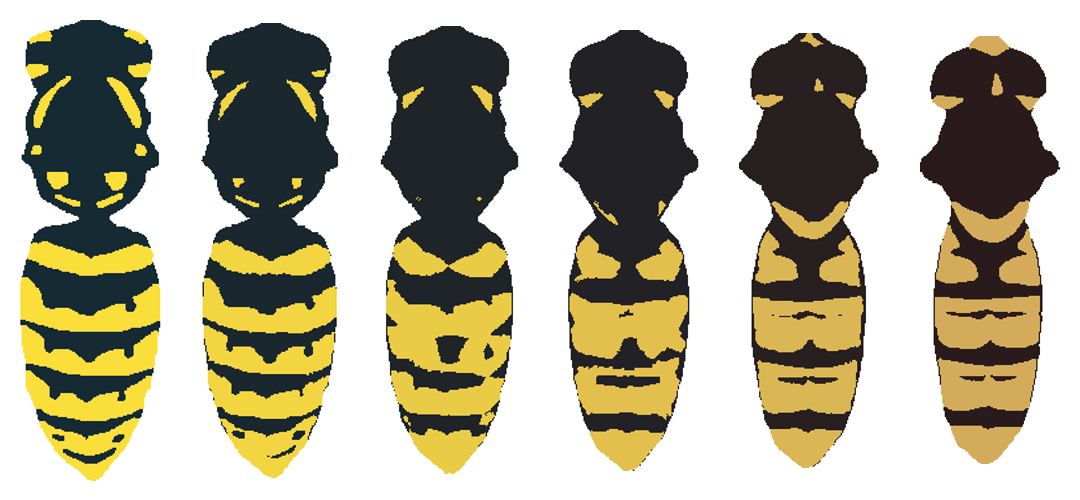mimicry
Understanding the evolution of Batesian mimicry
Francis Gilbert and I spend much of our time thinking about mimicry, and in particular the evolution and maintenance of imperfect Batesian mimics. Many of the world’s fauna and flora are bound up in mimicry complexes, and these complexes contain both accurate mimics and other mimics of varying degrees of inaccuracy. Traditioanlly, mimicry theory only really considered the evolution of perfect mimicry. It is easy to understand the selection pressure for better mimicry, but what impedes its evolution?



Our current NERC-funded project “Realised hypothetical phenotypes and the adaptive value of Batesian mimicry” aims to understand more about the evolution of inaccurate Batesian mimicry in hoverflies. Using 3D printing, and cutting edge imaging and morphing techniques we are creating models of mimetic phenotypes along gradients of simility to a taraget wasp species (see image below). In collaboration with John Skelhorn at Newcastle, we are measuring how predators (birds) respond to these models in order to understand historical and contemporary patterns of selection on mimetic accuracy.
